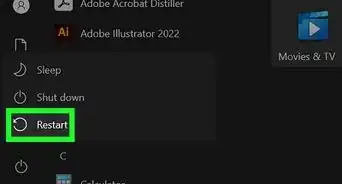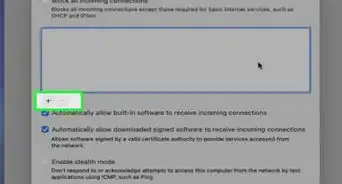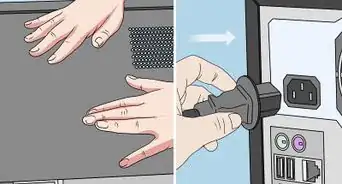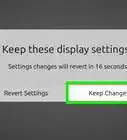Easy step-by-step tutorial to set up dual monitors in Windows 10
This article was co-authored by wikiHow staff writer, Kyle Smith. Kyle Smith is a wikiHow Technology Writer, learning and sharing information about the latest technology. He has presented his research at multiple engineering conferences and is the writer and editor of hundreds of online electronics repair guides. Kyle received a BS in Industrial Engineering from Cal Poly, San Luis Obispo.
The wikiHow Tech Team also followed the article's instructions and verified that they work.
This article has been viewed 441,542 times.
Learn more...
Do you need more desktop screen space for your Windows 10 PC? Moving to a double monitor setup will make it much easier to use multiple programs at once without having to switch and minimize windows. This wikiHow guide will show you the easiest way to connect a second monitor to your Windows desktop or laptop computer and use it to extend or mirror your screen.
Things You Should Know
- Connect your second monitor to your computer using a display cable (e.g. HDMI).
- To change your display settings, go to Settings > System > Display.
- Go to the "Multiple displays" section to select a display type (mirroring or extending).
Steps
-
1Make sure your computer can support a second monitor. While Windows 10's settings allow for multiple displays, not all graphics cards support more than one monitor at a time. You can quickly determine whether your desktop or laptop supports a second monitor by looking at the video output connections:
- Desktop — On the back of the desktop's tower, look for a free video output port. If you see one next to or directly above the port that's currently being used to connect your desktop to the primary monitor, you can use a second monitor.
- Laptop — Any laptop with a video output port (e.g., HDMI, DisplayPort, or USB-C) can support a second monitor.
-
2Determine the connection needed for the second monitor. Most modern computers and monitors use either HDMI or DisplayPort cables. If you have an older computer or monitor, you may find a VGA connector, which is a colored, trapezoid-shaped output.
- If you have a free video output connection which matches a connection on the back of your second monitor, it's best to use a cable that fits both connections.
- If your computer uses a different connection than your monitor, you can buy an adapter cable (e.g., USB-C to HDMI) or unit (e.g., VGA to HDMI).
Advertisement -
3Place the second monitor. You can put your second monitor on either side of your main monitor. You'll be able to arrange the monitors later in the Windows display settings.
-
4Connect the second monitor and turn it on. Plug one end of your video cable (e.g., HDMI) into your computer's video output slot, then plug the other end of the cable into your second monitor's video input slot.
- If you're using an adapter unit, you may need to plug both cables into the adapter and/or plug the adapter into a power source before you can connect the monitor to your computer.
- Once connected, press the monitor's "Power" button to turn it on. You may see your main display mirrored or extended onto the second display.
-
5Open your Windows Settings. Click the Windows logo in the bottom-left corner of your computer's primary monitor, and click the Settings gear in the menu.
-
6Click System. It's a laptop-shaped icon in the Settings window.
-
7Click the Display tab. You'll find this in the left menu.
-
8Select a display option from the "Multiple displays" menu. In most cases, you'll want to click Extend these displays to use the second monitor as an extension of your computer's main display, thus adding more room to your desktop. You can also select one of the following options:
- Duplicate these displays — Copies what's on your computer's primary screen to the second monitor.
- Show only on 1 — Blacks out the second monitor and displays only on your primary monitor.
- Show only on 2 — Turns off your primary monitor and displays only on your second monitor.
- If your second monitor is a TV, you may have additional options here.
-
9Save your changes. Click Apply, then click Keep changes when prompted. Doing so will prompt your computer to begin using the second display as indicated.
- If needed, you can rearrange your monitors to set your second monitor's location relative to your main monitor in the Display settings.
- Click and drag the second monitor (the box labeled "2") to the location you want relative to the main monitor (labeled "1").
- Click Apply to confirm the change.
- If needed, you can rearrange your monitors to set your second monitor's location relative to your main monitor in the Display settings.
-
10Use your second monitor. If you're extending your display, pushing your mouse to the edge of your primary display and then continuing will cause the mouse to appear on the second display.
- The edge you move your mouse to depends on how you've arranged your displays in the Display settings. If your second display is to the right of the main display, you'll move your mouse to the right edge to get to the second display.
- You've successfully installed a second monitor! Notice a stuck pixel on your LCD after getting things set up? Check out our expert guide to fixing stuck pixels.
Community Q&A
-
QuestionCan I work on 2 separate screens with different programs?
 Community AnswerYes. Open both programs and full screen them on their respective monitors.
Community AnswerYes. Open both programs and full screen them on their respective monitors. -
QuestionWhat if my mouse won't move between monitors?
 AasimTop AnswererMove the monitor in your settings until the display is along the edge you want your mouse to move.
AasimTop AnswererMove the monitor in your settings until the display is along the edge you want your mouse to move. -
QuestionCan I use a 27-inch monitor with my laptop?
 Community AnswerIf your monitor supports HDMI cables, then yes.
Community AnswerIf your monitor supports HDMI cables, then yes.
Warnings
- Be gentle when connecting your monitor's cables.⧼thumbs_response⧽
- If your computer doesn't support a second monitor, you won't be able to use a second monitor without first installing a new graphics card.⧼thumbs_response⧽
About This Article
1. Make sure your PC supports dual monitors.
2. Determine which connection method you'll need to use.
3. Place the second monitor.
4. Attach it to the computer and turn it on.
5. Go to Start > Settings > System > Display.
6. Select an option from the "Multiple displays" menu.
7. Save your changes.
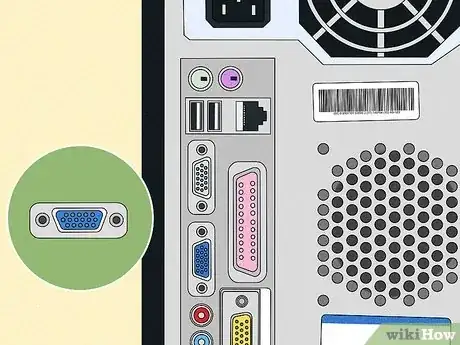

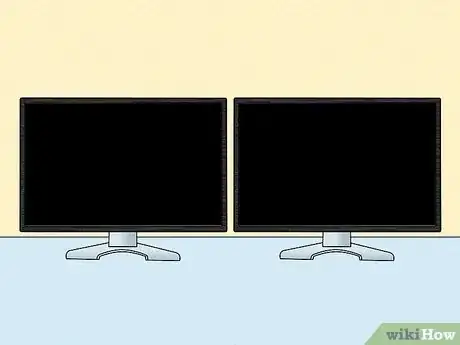

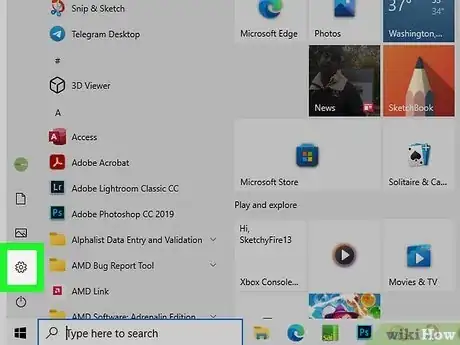
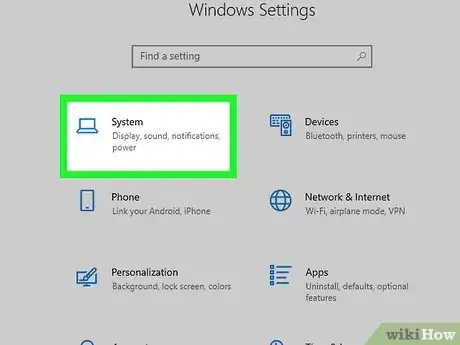
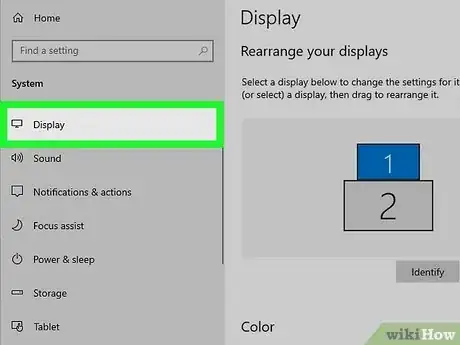
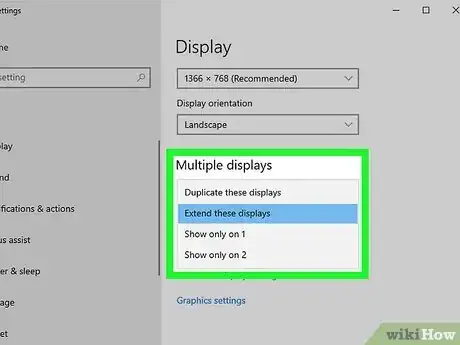
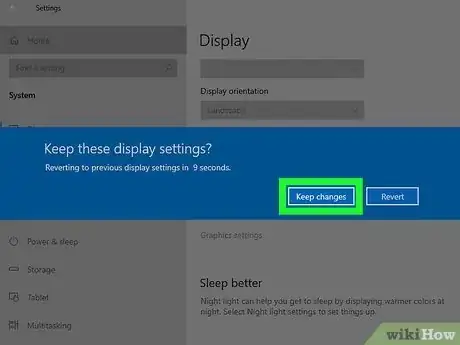

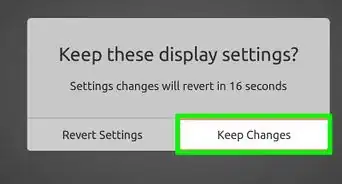


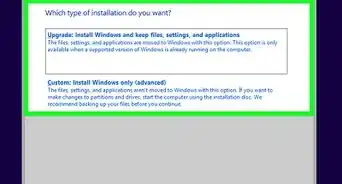
-Step-17.webp)

